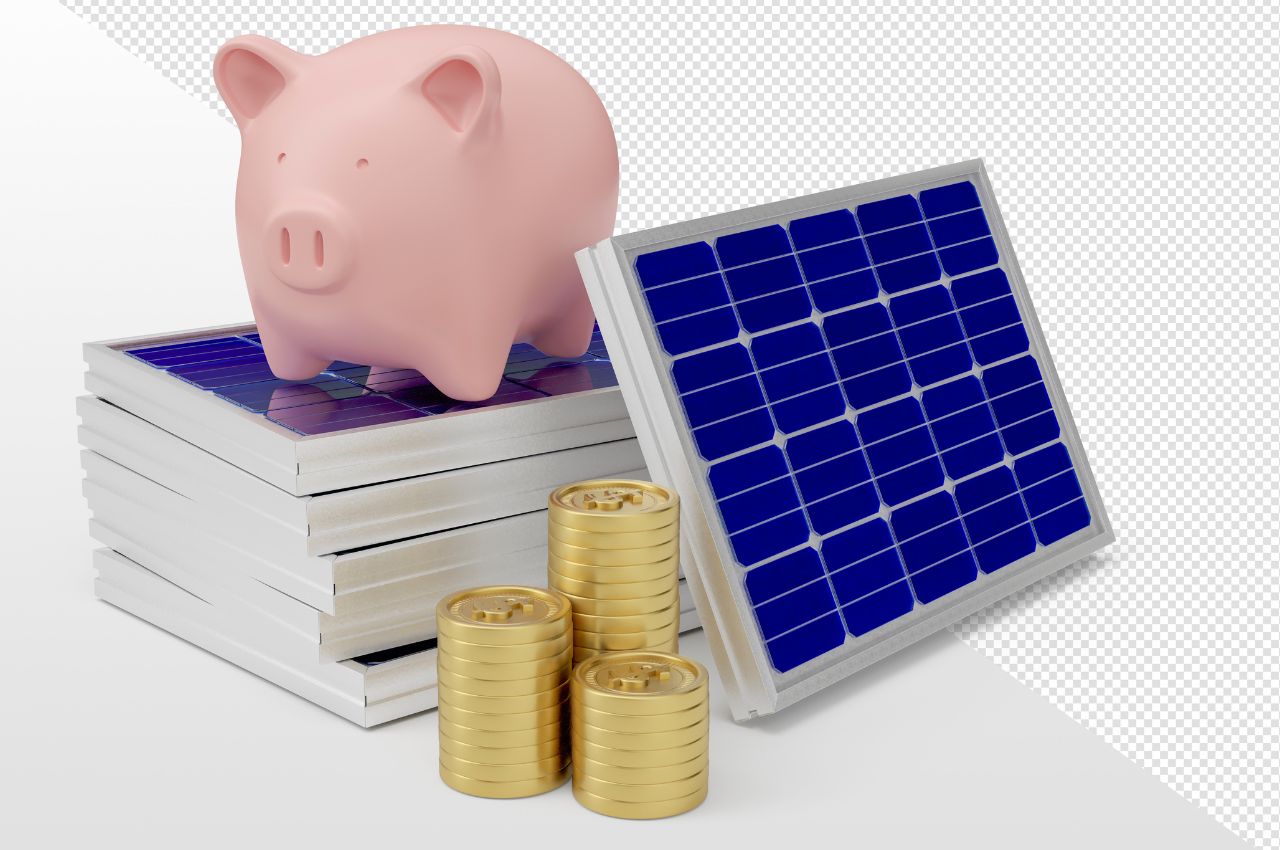
Australia’s embrace of solar power is soaring, fueled by the escalating expenses tied to traditional grid electricity. The allure of cleaner, cost-effective energy has led many to consider harnessing the abundant Australian sunlight for their power needs. But navigating the intricate landscape of solar installation costs can be daunting. In this guide, we break down the factors influencing the price tag, providing valuable insights for those considering the solar leap in 2023.
Solar Panel Costs in Australia
The journey into solar power begins with understanding the financial commitment. Solar panels, the heart of the system, range from $2,900 to $14,100 in Australia. A 5kW solar panel, a popular choice, averages at $5,250 after government rebates. The Clean Energy Council provides estimates based on system size:
| kW | Price Range |
| 2 kW | $2,800 to $5,600 |
| 3 kW | $2,900 – $6,950 |
| 4 kW | $3,400 – $7,900 |
| 5 kW | $3,500 – $9,500 |
| 10 kW | $7,600 – $14,100 |
Location Matters: Beyond size, location plays a significant role. For instance, a 5kW system costs $5,000 in Perth, 5,250 in Melbourne, $6,000 in Sydney, and $9,000 in Darwin. Understanding regional variations is crucial when budgeting for your solar venture.
Also read: How Much Do Solar Panels Cost in Perth?
Types of Solar Panels
Solar panels come in three variants: monocrystalline, polycrystalline, and thin-line cells. Monocrystalline, the most efficient, tends to be pricier.
Choosing the Right Type: Monocrystalline panels may have a higher upfront cost, but their efficiency pays off in the long run. Understanding the trade-offs between efficiency and cost is essential for an informed decision.
Also Read: How to Clean Solar Panel: Step-by-step Guide
Sizing the Solar System
Household daily consumption, typically 18-19kW, influences the required system size. A 10kW system in Melbourne costs around $8,000 for those aiming at full solar consumption. Opting for partial grid use during nighttime can offer cost savings.
Sizing Considerations: While a 10kW system suits larger homes, smaller households can benefit from a tailored approach. Assessing your energy needs accurately ensures optimal investment and efficiency.
Additional Components
Inverters, meters, and battery packs are integral but add to costs. A premium 5kWh Fronius inverter might be around $2,000, while a 14 kWh Tesla battery could cost $13,000. These components enhance functionality and, in the case of batteries, enable energy storage for nighttime or cloudy days.
Investing in Efficiency: While additional components incur costs, they also enhance the overall efficiency and resilience of your solar system. Quality inverters and batteries contribute to long-term reliability.
How Many Panels?
To generate 5kW, you’d need approximately 20-25 solar panels. Quality trumps quantity; the efficiency of panels matters more than the sheer number. Factors like rooftop size, sunlight exposure, and geographical location also impact panel requirements.
Optimizing Space: Understanding your available rooftop space is crucial. Efficient placement and utilization can impact the number of panels needed and overall system performance.
Installation Costs:
After factoring in government rebates, solar panel installation averages $5,250 in Australia. Equipment type, roof complexity, interconnection, and after sales services influence installation costs. Choosing reputable installers ensures quality service.
Investing in Professionalism: While costs are a consideration, prioritizing reputable installers ensures not only a smooth installation process but also reliable after-sales support, safeguarding your long-term investment.
A Smart Approach
Reducing upfront costs is possible through various strategies:
Financing Options: Green loans and Power Purchase Agreements (PPAs) offer financial support. Green loans have lower interest rates, while PPAs require no upfront cost but involve purchasing solar-generated electricity.
Smart Financing: Exploring financing options aligned with your financial situation can make solar installation more accessible. Understanding the terms and conditions of loans or PPAs is crucial for informed decision-making.
Energy Optimization: Lowering home energy consumption decreases the required system size and, consequently, costs. Switching to energy-efficient appliances, LED bulbs, and minimizing standby power usage are effective strategies.
Smart Consumption Choices: Simple changes in daily habits, like using energy-efficient appliances and lighting, can have a significant impact on your overall energy consumption, influencing the size and cost of your solar system.
The Return on Investment
Savings post-solar installation can be substantial. A 6.6-kW system generating 10,000 kWh annually may save $1,400 – $1,600 yearly. Over 20 years, savings could range from $28,000 to $32,000. The payback period in Australia typically falls within 5-8 years, depending on location.
Realistic Expectations: While savings are significant, understanding that factors like electricity tariff changes and consumption habits influence returns over time is crucial. Solar panels offer long-term benefits that accrue as the years pass.
The Changing Landscape
While current solar costs in Australia have risen due to external factors like the pandemic and global supply chain disruptions, experts anticipate a decline by 2023. The flourishing solar market, coupled with increased manufacturing capacity, hints at more affordable prices. However, waiting may mean missing out on current high-value rebates.
Seizing the Opportunity: Australia’s solar market is evolving, and government incentives remain in place. Seizing the current opportunity ensures not only immediate savings but also a more sustainable and cost-effective energy future.
Conclusion:
Despite the initial investment, solar panels in Australia prove a worthy, sustainable investment. The time to embrace solar is now, with substantial savings, environmental benefits, and a positive impact on the electricity grid. By navigating the intricate details of solar installation costs and implementing strategic cost-cutting measures, Australians can unlock the full potential of solar power in their homes. The future looks bright, and solar energy is at the forefront of Australia’s sustainable energy transition.

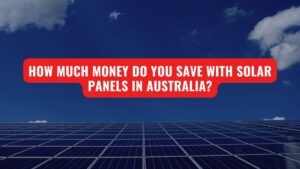
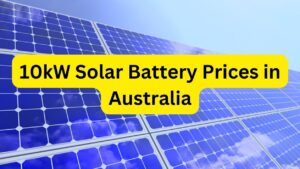
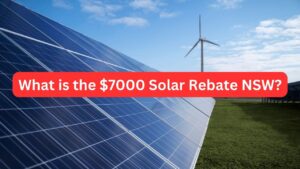

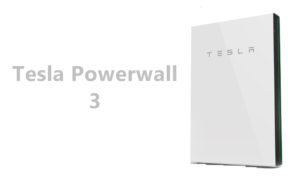

1 thought on “How Much does Solar Panels Cost in Australia?”
Comments are closed.